SnYves' List of 20 Shows You Must Watch If You Call Yourself an Anime Fan (Part 2)
Happy Wednesday everybody! As promised, here’s the second half of my essential anime list that I started week before last. If, for some reason, you’re reading this without having seen the first half, then might I suggest you check that out here before continuing on. And again, just remember that this is my personal list and these shows are appearing in no particular order.
Away we go.
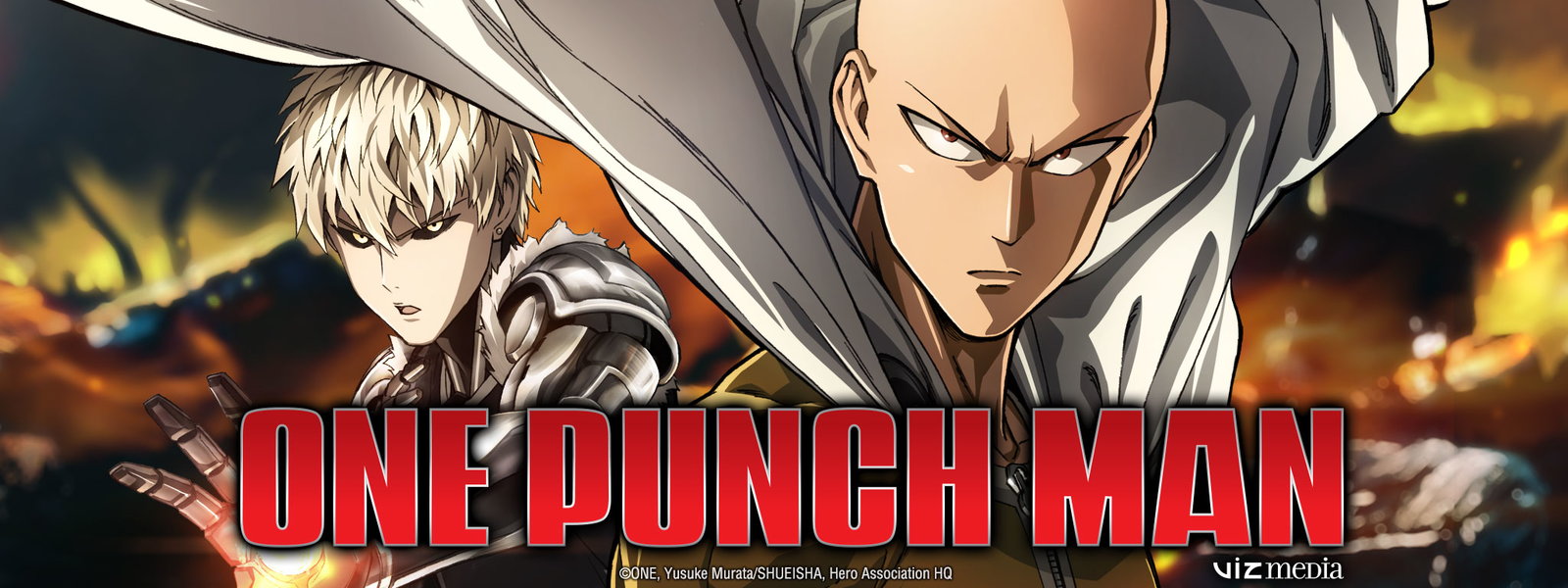
10. One Punch Man and Mob Psycho 100
Much like my pick for Haikyuu! and Yuri!!! on Ice, only one of these series will do to get the point across, but I strongly recommend you watch both of them regardless. ONE’s art style and clever choices in themes and dialogue have become iconic over the course of a few short years, and both of these series showcase his skills to their fullest extent. OPM is a full-on parody of the superhero genre, where the titular character can end almost all of his fights with one punch and has become so overpowered to the point where nothing poses a challenge to him anymore. Mob Psycho, meanwhile, focuses on a middle-school psychic and plays with themes regarding nonviolence and support from others. And while I could spend the rest of this editorial picking these shows apart, unfortunately that may have to wait for another time. Regardless, both of these shows are meaningful allegories on themes we really don’t explore too often in modern anime, with plenty of beautiful animation and gripping setpieces to boot.
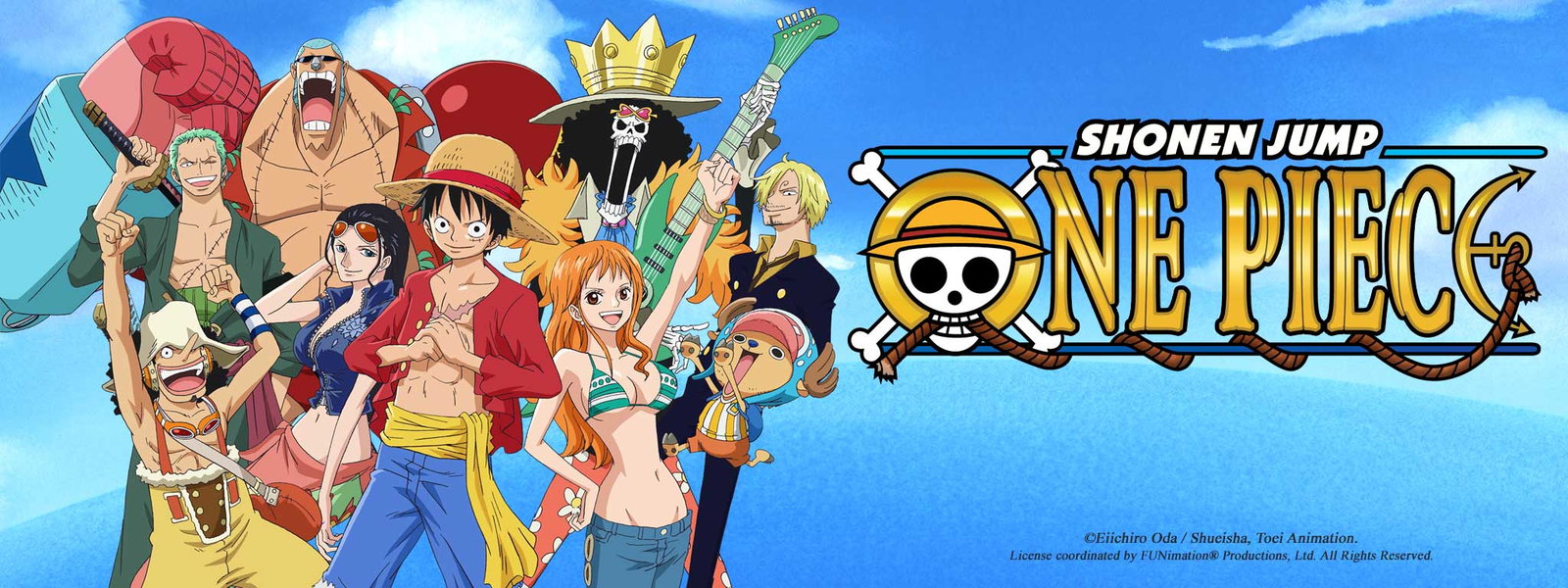
9. One of the big three series (Naruto/One Piece/Bleach)
The big three are a set of long-form shounen series that have been airing since time immemorial and consist of One Piece, Bleach, and technically Naruto Shippuden, although lumping it together with the first Naruto isn’t exactly a cardinal sin. Anyway, I recommend getting at least familiar with one of these shows since, not only does that allow you to understand roughly 50% more of the references other shows make, but it’s kind of an interesting journey to see how these longer shows handle the high and low points in their narratives and compare them to the rest. Example: Bleach totally fizzles out midway through its second arc until Captain McWoofypants suplexes a whale (no, really), while a show like Naruto uses the downtime to develop characters a bit more and build up steam for a climax. Regardless of your choice, however, it’s important to understand the tropes and reused plot devices used in these shows, mostly because of…
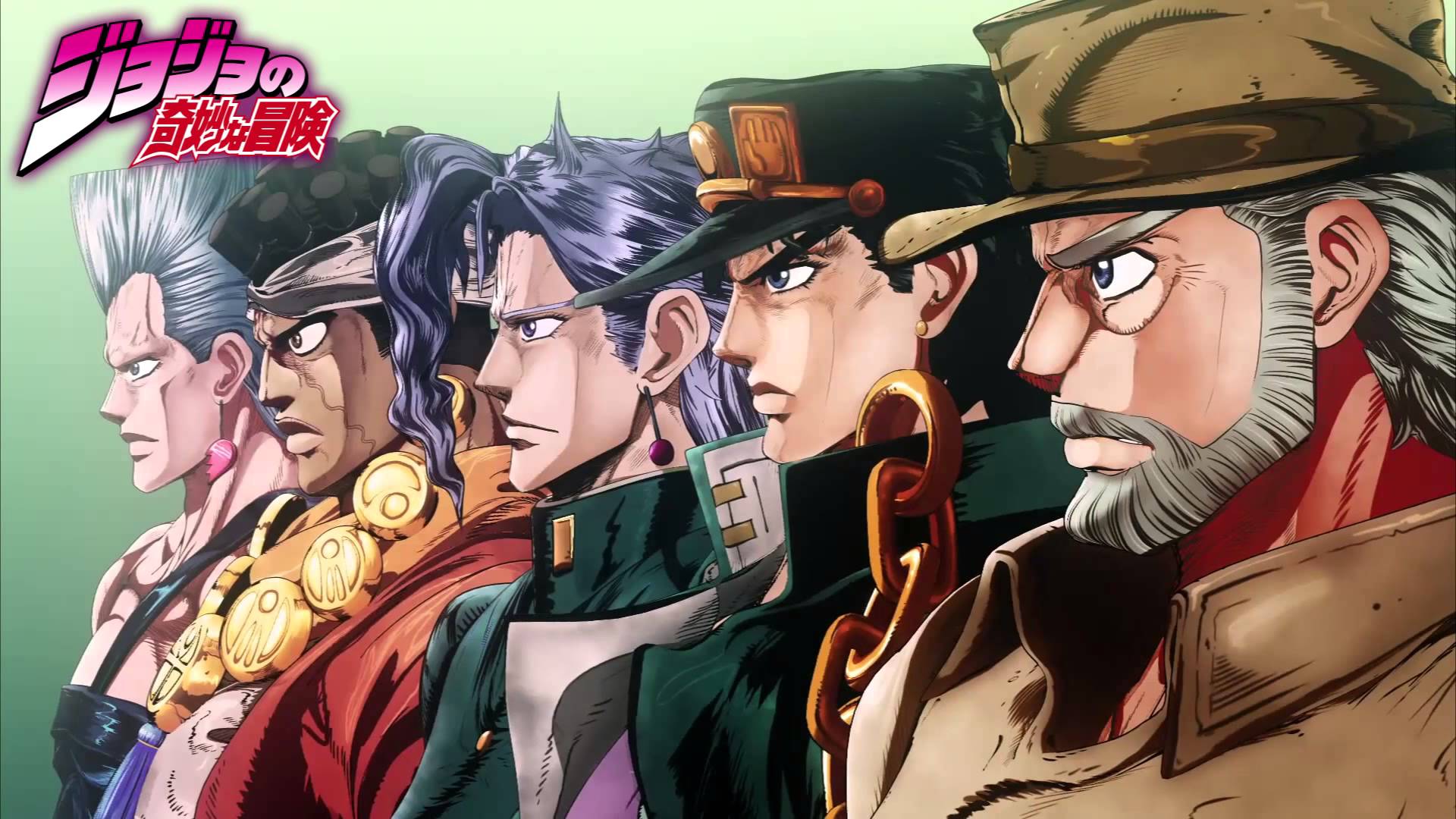
8. Jojo’s Bizarre Adventure - Part 3
In the not completely unreasonable case you haven’t heard of JBA, its sole purpose for existing in the anime community is to take the piss out of power-fantasy, one-more-phase-boss-fight, “this isn’t even my final form!” long running shounen shows that I brought up in the previous paragraph. It’s ridiculous, it’s awesome, and it’s cheesier than a sold out Packers game. However, most long time fans will agree that, even though Parts 1 and 2 were great in their own ways, JBA really became its own show with Part 3: Stardust Crusaders in 2014. To say anything else past this would probably ruin the experience, apart from the fact that you should expect multiple classic rock references and hammy, overacted readings of the phrase, “Oh my God!”, but JBA is a landmark show in how to do these sorts of shows in a unique, iconic, humorous, and above everything else, kick-ass way.
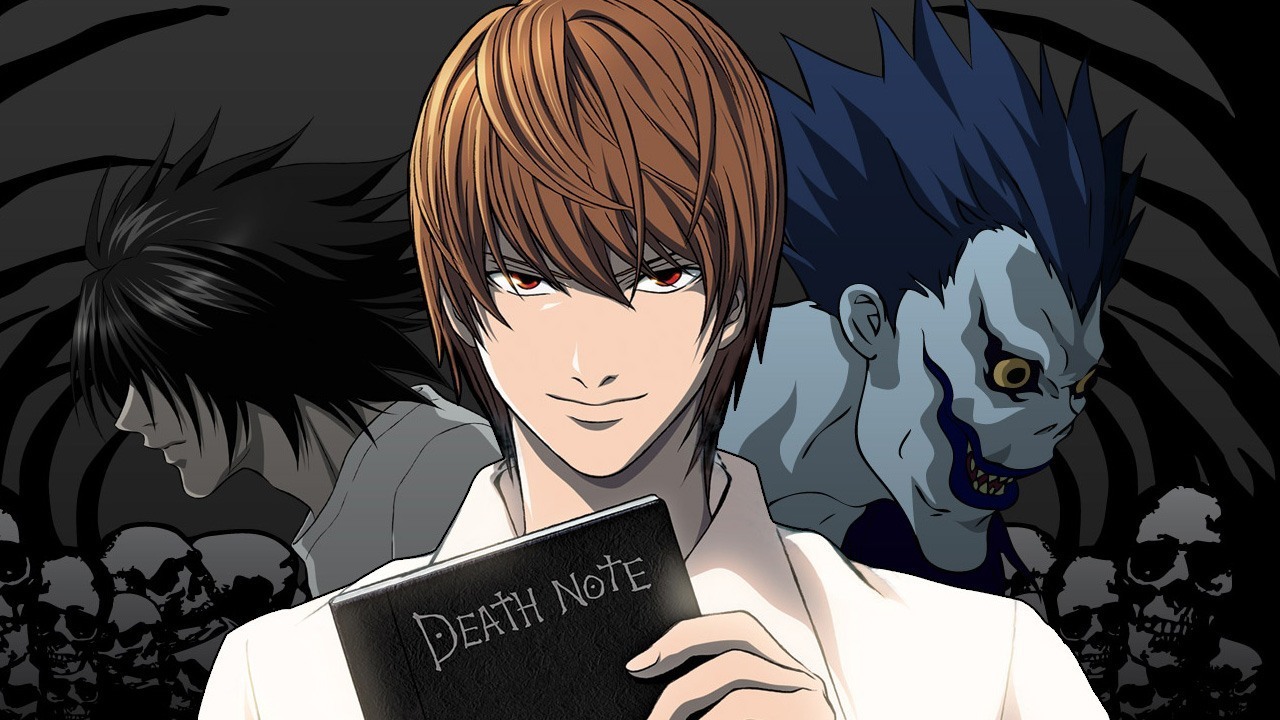
7. Death Note
An important thing to remember about anime is that there is no one correct way to interpret something. That goes for both the viewer, whose job is to attach meaning and importance to the images they see and words they hear, but also the companies creating the production in the first place, as they need to decide which aspects of the show most effectively convey the message they are trying to send to their audience. This principle applies to other media as well, including drama, films, plays, you name it. And Death Note has or is about to hit all of those portrayals I just mentioned. Every one of them is unique (even though some are objectively better interpretations than others), and to get a feel for these differences across different types of media, well, we need to know our source material first. The 24-episode anime, in addition to being a well-directed, well-animated classic, has been transferred to so many settings that it’s a marvel just how adaptable the story of Light Yagami and his killer notebook really is.
Also, if you’ve been watching Love Tyrant this season and have no idea what the hell is going on, this should help.

6. Spirited Away and My Neighbor Totoro
This list wouldn’t have felt complete if I didn’t put a Studio Ghibli film somewhere on it, there’s no question there. My issue was more along the lines of, “Which one would I recommend to an anime newcomer?” And I think out of all the films Miyazaki and company have put out, the ones I watched in my freshman English class are not only easiest to understand in terms of plot and characters, but is still fully loaded with all of the depth, symbolism, wonder, and stunning artwork that only a studio like Ghibli can pull off. I’m still partial to Spirited Away as an excellent coming-of-age story about courage, self-value, and maturity, but Totoro is…well, it’s Totoro, guys. You see it once and the film sticks with you for decades afterwards, which is not something I can say for a ton of movies nowadays.
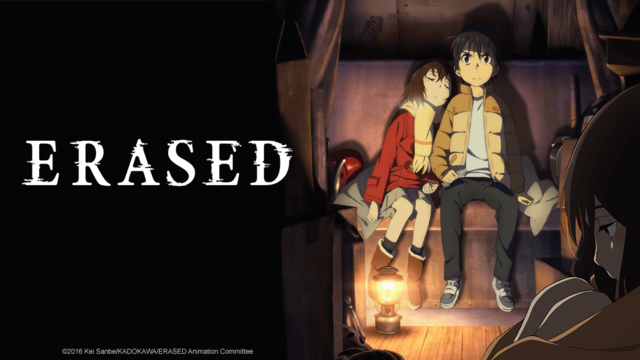
5. ERASED
Yeah, bit of a strange pick here. I have to admit that the mystery part of ERASED is probably its weakest aspect, because after a couple hundred episodes of Detective Conan, you kinda get a nose for obvious twists. The rest of the series, however, is packed to the gills with symbolism, motifs, and some very cleverly placed imagery that amplifies this show’s replay value in a huge way. ERASED was the best show of Winter 2016 for no other reason than, every time I rewatch it, I always find something new and interesting to pick apart. It’s a brilliantly written show with tons of meaning and depth behind it, and it’s a strong recommendation just on that basis alone.
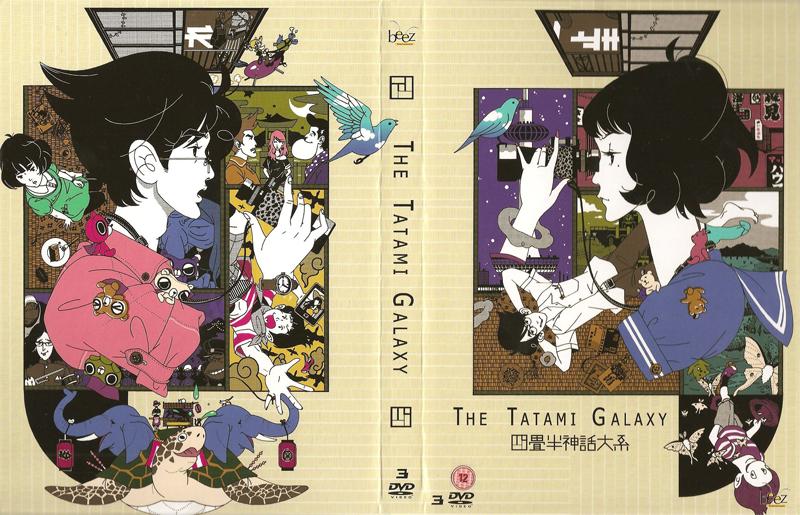
4. The Tatami Galaxy
Here’s a fun little premise for you: a college student is trying his best to hook up with a girl, and to get her attention he picks out a campus club to join. Inevitably, his attempts fail, and on the whims of a love god he once met at a ramen stand, he Groundhog Days himself back to the start of his college career to try again with a different activity. Everything about Tatami Galaxy stands out and really shows just how wide a director’s creative vision can be for a show, from the art style to the main themes of perseverance and overcoming adversity to just the way the characters talk (you WILL need the subtitles for this show). Tatami Galaxy is the first show that springs to my mind when I think of creative, bizarre, trippy shows, and I really can’t think of another show that does quite what it does as well as it does.
Also, the director of this show would go on to do Ping Pong a couple years later, so now you have no reason not to watch it.
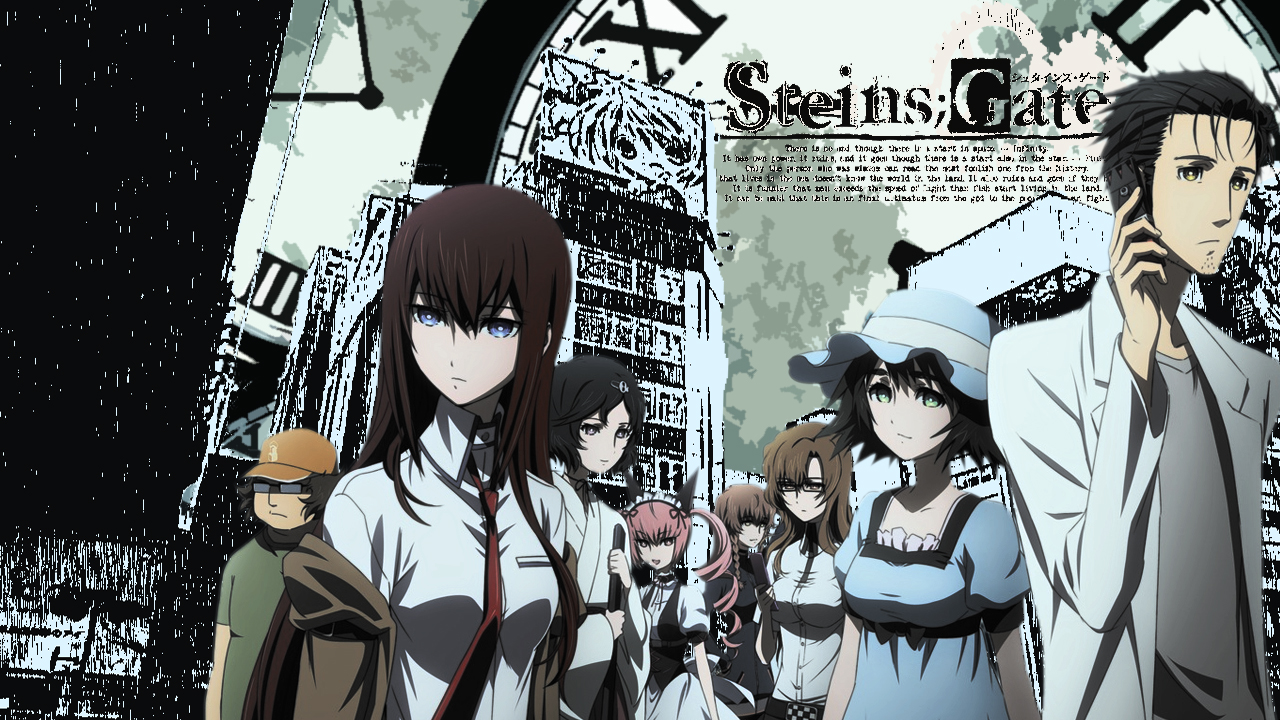
3. Steins;Gate
In the same vein as Bebop from the week before, Steins;Gate is characterization done right. Our leads are interesting and engaging for the audience to follow, the writing and dialogue all feels natural and is just great on the whole, not to mention the show spawned one of my favorite lines of all time, that being, “[Dr. Pepper] is an intellectual drink, for the chosen ones.” Thing is, it doesn’t stop there. While Bebop can take its characters and slot them into a bunch of different scenarios because that’s just the nature of Spike and co’s job, Okarin’s crew has to keep things up across an entire story arc about time travelling and other science-fictiony chicanery. And it doesn’t skip a beat. Steins;Gate is an excellent modern-day mad scientist story, and I can’t recommend it enough.
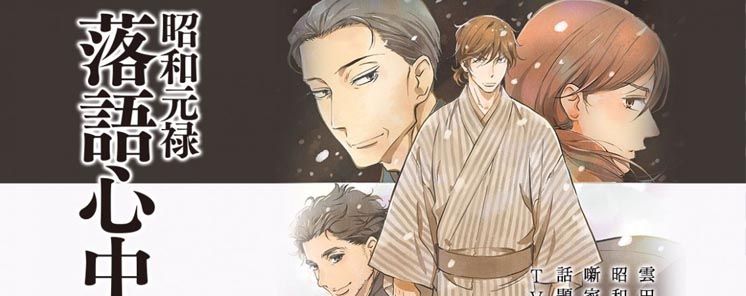
2. Shouwa Genroku Rakugo Shinjuu and Chihayafuru
I apologize for the very Japanese titles there, but these are kinda niche shows for us anime geeks. See, I’m the opinion that there is no such thing as a bad idea for an anime show, and that goes doubly so for shows that aim to showcase concepts and ideas that may be foreign to Western audiences. In the case of Rakugo, we’re introduced to the titular art of sitting down and carrying out comedic dialogue with himself, and Chihayafuru actually managed to get me invested in a game about listening to haikus and whacking away cards. Needless to say, these shows are very unique and the fact they’re also just plain good helps a ton as well. If you’re trying to get into anime and want a better, fuller understanding of some of the more obscure parts of Japanese culture, both of these shows are great starting points.

1. Fullmetal Alchemist: Brotherhood
Yep, the legend itself rounds off this list because, out of all the shows that I mentioned over the past couple weeks, FMAB is easily the most timeless show here. The show doesn’t just tell a story; it builds a fascinating world you feel intimately familiar with after just a couple episodes, introduces living, complex, three-dimensional characters to flush it out, then tells one of the most memorable stories about loss, coming of age, ambition, and forgiveness off the back of all that. This show does have its detractors admittedly, but first, name a series that doesn’t, and second, I think that’s just another reason to watch the show yourself. I think FMAB is one of the best things to happen to anime, but maybe you’ll think otherwise by the series finale. But regardless of how perfect or imperfect you think it is, there’s no denying FMAB is one of the most monumental shows in recent anime history.
And there you have it, twenty shows that every anime geek should be in the know for! I hope I did my job in giving you all a primer for your anime repertoire, and until next time, happy viewing!
Next time: TOURNAMENT ARC!!!